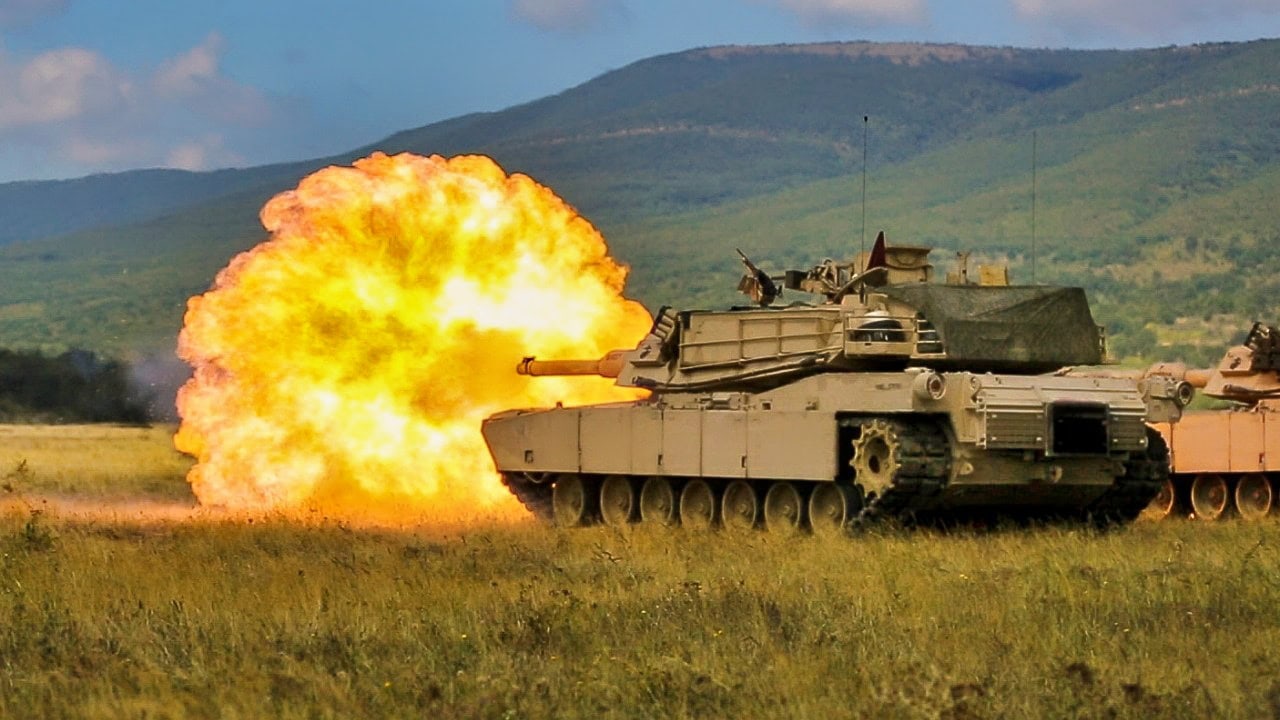In 2020, the United States Marine Corps (USMC) announced it would implement a 10-year plan to forego its “second land army” focus and return to its maritime legacy.
Before assuming the Marine Corps Commandant title, General David Berger assessed whether the Corps was ready to account for evident or anticipated changes in the foreseeable future.
“Significant change is required to ensure we are aligned with the 2018 National Defense Strategy and [Defense Planning Guidance] and prepared to meet the demands of the Naval Fleet in executing current and emerging operational naval concepts,” Berger wrote.
General Berger said in his Force Design 2030 plan, “We must first divest of legacy programs to generate the resources needed to invest in future capabilities.
“Army is huge,” Berger said. “We need a big Army. They win our wars. The Marine Corps doesn’t win the wars. We win the battles.”
As part of preparing for a potential conflict with near-peer China, the USMC will focus on amphibious, island-hopping scenarios and has divested itself of its tank battalions.
Berger’s plans were not universally accepted, and opponents have lobbied on Capitol Hill and penned countless opinion pieces denouncing Berger’s plans in very heated terms, depicting them as both destructive and possibly illegal.
“Tanks, assault breaching and bridging have been totally eliminated; the number of Marines in infantry battalions has been reduced by 21%, cannon artillery has been reduced by 67%, assault amphibious vehicles have been reduced by 33%, and aviation has been reduced by 29% across the board,” wrote LTG Paul Van Riper (retired) and BG Jerry McAbee (retired).
Tanks: Marines’ History With Armor Goes Back Over 100 Years
Despite its image of a light infantry-based force conducting amphibious operations, the Marines have long had organic armor units. They first conducted tests with armor in the 1920s.
During WWII’s first offensive operation at Guadalcanal in 1942, the Marines had light Stuart tanks supporting the operation. The USMC used tank support on future invasions at Tarawa, Iwo Jima, and Okinawa.
Korea, Vietnam, and the latest combat operations during the GWOT (Gulf War on Terror) saw Marine armor used against our enemies.
At the time of the divestiture of its organic armor, the Marines had 452 tanks, of which 323 were quickly transferred to the Army. However, the Marines made the decision to divest of tanks before Russia invaded Ukraine.
Despite the massive armor losses on both sides, the tank is still essential to the force structure. Once again, arguments were made supporting and against General Berger’s decision.
The New Strategy Is Bold But Has Issues
In the current strategy, the Marines will land with a light infantry force, and if armor is needed, the Army will land tanks in follow-on landings to support the Marine infantry. Built-up cities on every island that could be a potential conflict zone will require clearing or defending.
Can a light infantry force defend or seize terrain from an entrenched enemy force in an urban area without tank support? Yes, but at a significantly higher casualty rate.
The Marines have been eliminating their towed artillery units and replacing them with expanded rocket and missile batteries. This shift makes sense since a towed artillery battery is highly vulnerable on today’s battlefields.
The Marines are acutely aware of the drone threat that would decimate infantry units and any attached armor included in post-modern amphibious operations of the future. And right now, the airspace above the infantry is in doubt.
The Marine Air Defense Integrated System is a great platform but isn’t deployed in enough numbers to support all of the infantry on the ground.
Can The Army’s Armor Support A Marine Amphibious Operation
A bigger question would be whether the Army could support a Marine major amphibious operation. Such an operation would require the two forces to train together to work out all the bugs earlier rather than later.
The Army doesn’t train its armor for amphibious operations, and neither the Marines nor the Army has the training or doctrine to conduct joint amphibious operations in the way the Department of Defense (DoD) envisions them. This must be corrected.
What Needs To Be Done
Landing heavy armor of the Army isn’t easy. The M1A2 SEPv3 Abrams tank is not an amphibious tank. They have “deep water wading kits” in the inventory that allow it to go ashore in six feet of water. Its weight limits the number of tanks the Landing Ship Tanks (LSTs) can carry.
The new M10 Booker is about half the weight of the SEPv3 Abrams (about 40 tons) but is not amphibious and doesn’t have a deep-water wading kit, so it would have to land on dry ground on the beach.
The Marines should have kept at least some of their armored battalions, if only in a reserve unit, to keep an organic armor unit readily at their disposal in case such a need arises that will need to force potential adversaries such as China’s People’s Liberation Army (PLA) from a beach.
In the meantime, the Army and USMC should be doing much more joint training in amphibious operations. Otherwise, they will be unprepared for future conflicts with near-peer adversaries.
Was the decision to divest itself of armor a bad one for the Marines? We won’t know the answer to that until the next war starts. But one would hate for the Marines to enter a battle unprepared for what may face them.
About the Author
Steve Balestrieri is a 19FortyFive National Security Columnist. He served as a US Army Special Forces NCO and Warrant Officer. In addition to writing for 19FortyFive, he covers the NFL for PatsFans.com and is a member of the Pro Football Writers of America (PFWA). His work was regularly featured in many military publications

